
I recently presented a working paper at the Dublin Economics Workshop on institutional change in the League of Ireland (LoI). Since the early 1980s league organisers have made various rule changes in order to attract more spectators to matches and improve the quality of the league (as measured by European performance of elite League of Ireland clubs). From a theoretical perspective, it has been hoped that institutional change would set clubs on marked institutional courses leading to improved demand for match tickets and enhanced club performance.
The move to "Summer Soccer" in 2003 provides us with a wonderful natural breaking point to consider if this change has resulted in improved European performances, as is often suggested. I present a number of tables which make for interesting viewing. The first of these (to the right) shows the performance of LoI clubs in the 11 years before and after 2003. Pre-2003 covers the years 1993 - 2003 (as well as European Cup games from 1990 - 1992 as Irish teams did not compete in the competition from 1994 - 1996). Post-2003 covers the seasons 2004 to 2014. The improvement from this table is obvious. League clubs now play more games, win and draw more and score far more goals. The next two tables break down performance by competition. Results from the Europa League cover performance in that competition since 2009 and previous results in both the UEFA Cup and UEFA Cup Winners Cup.


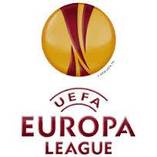

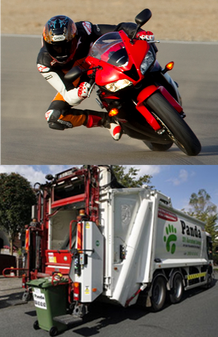
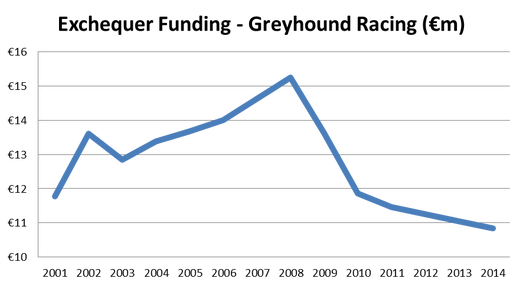
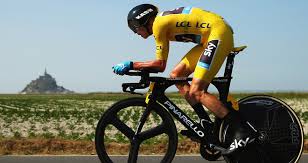
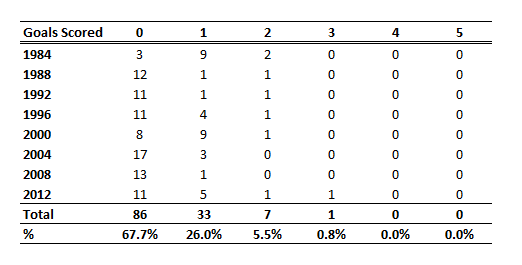

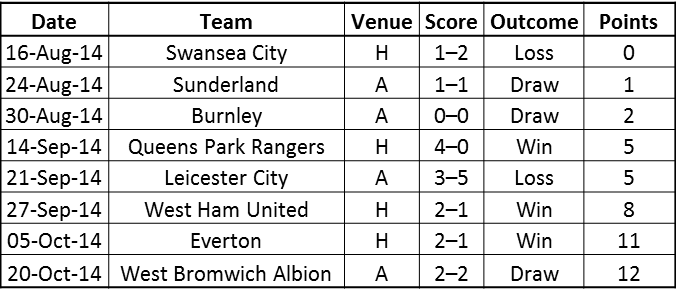
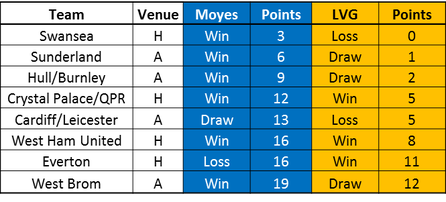
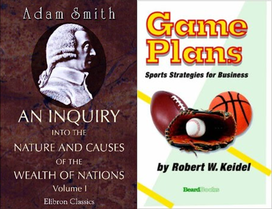
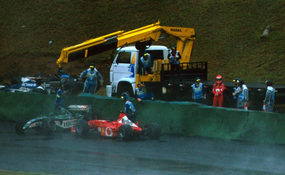
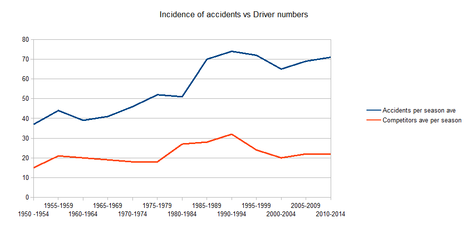
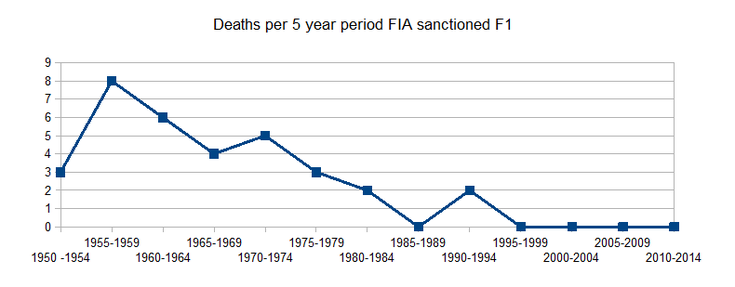
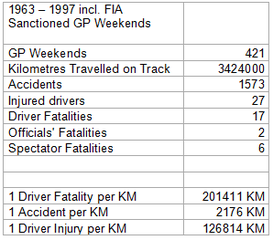
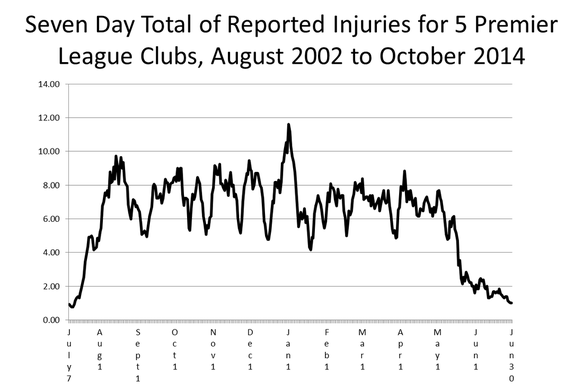
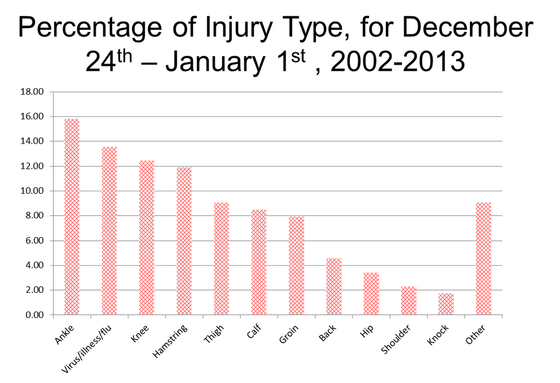
 RSS Feed
RSS Feed